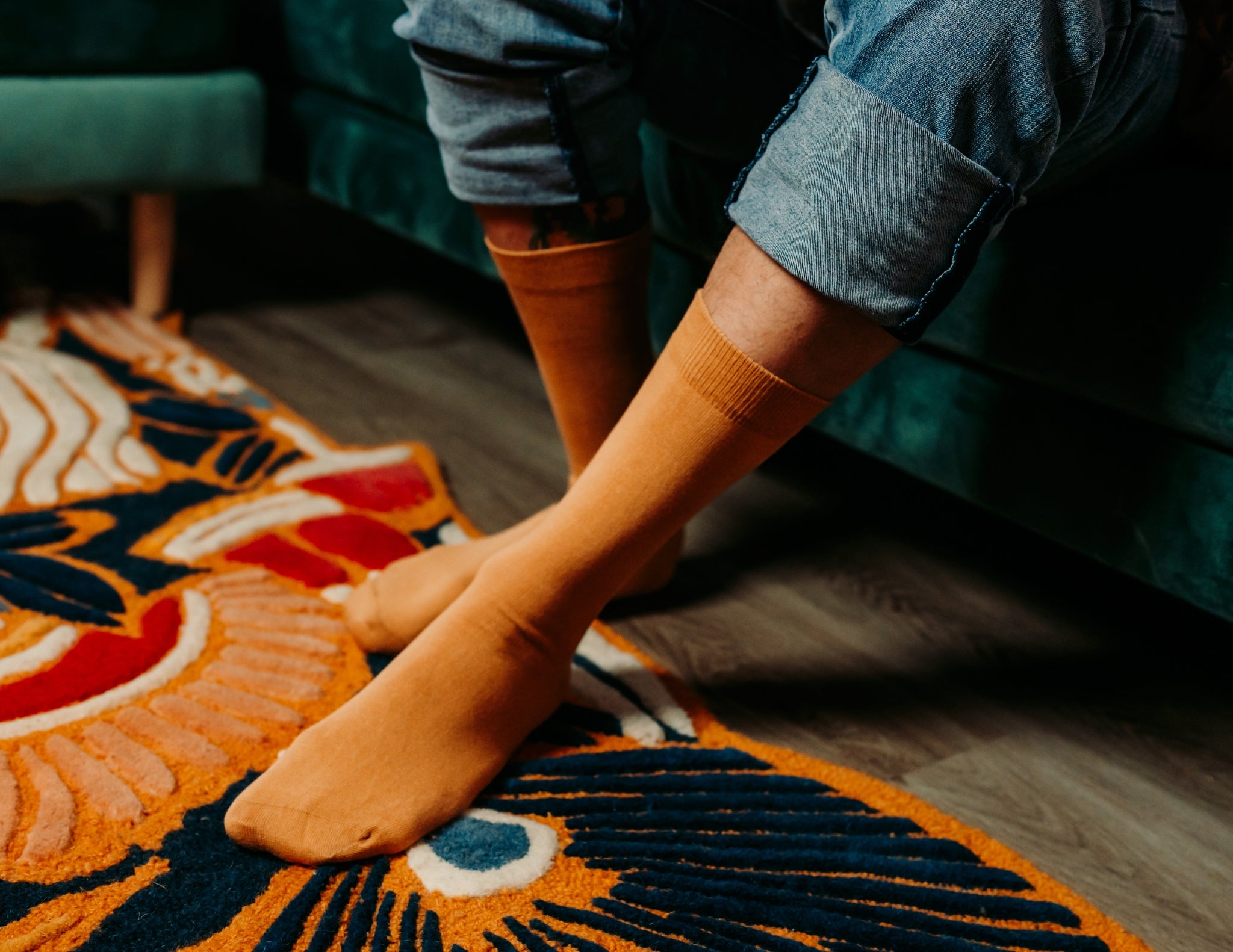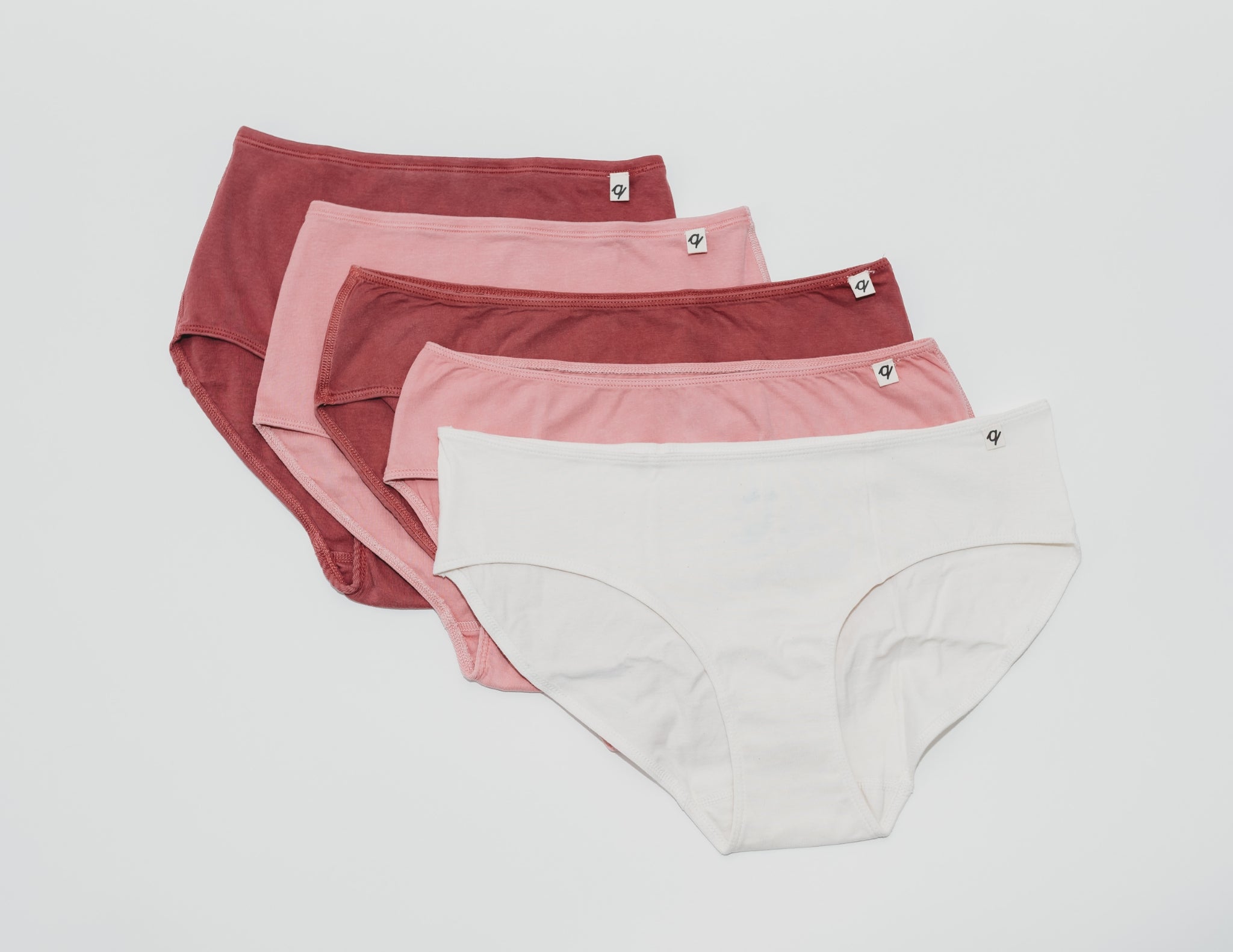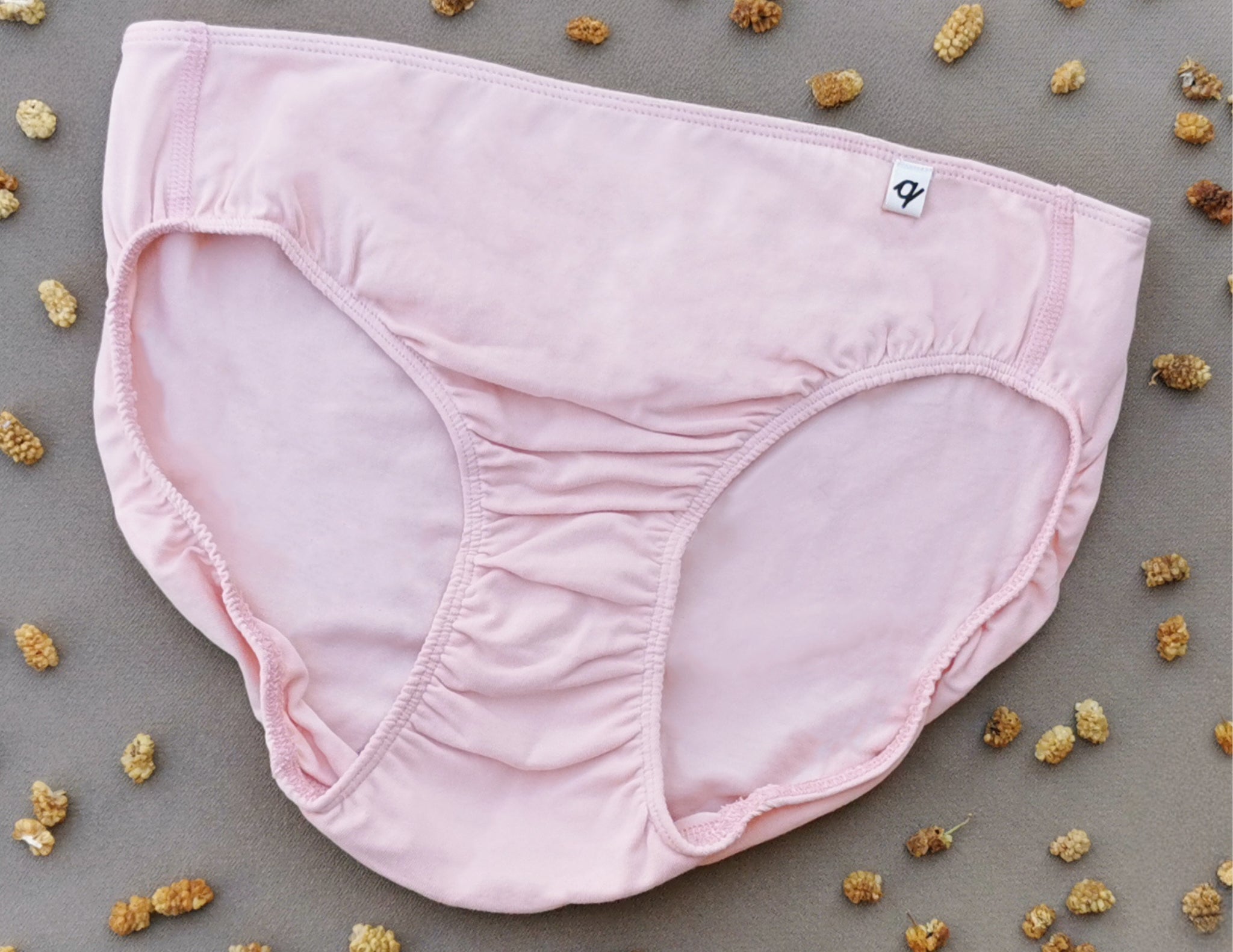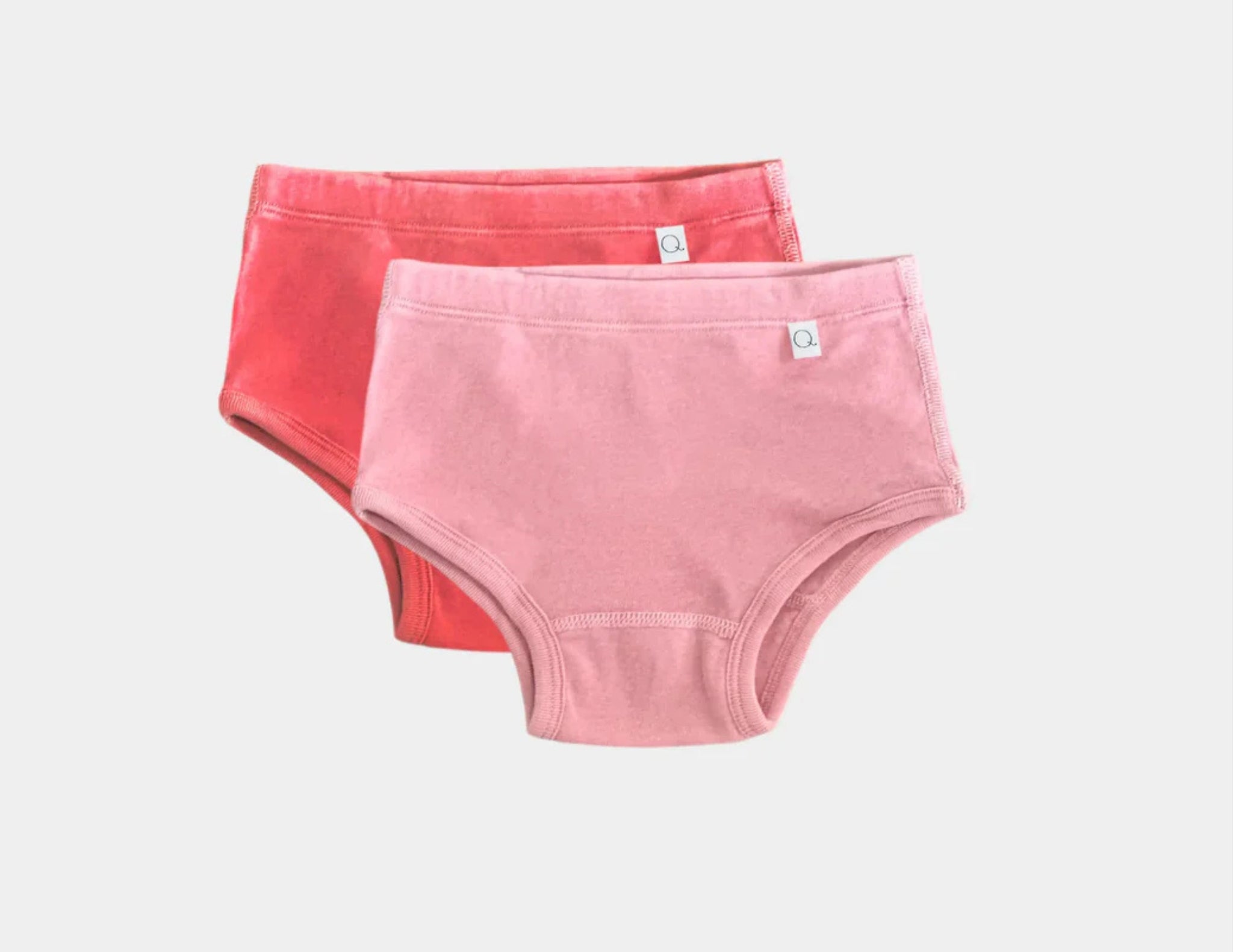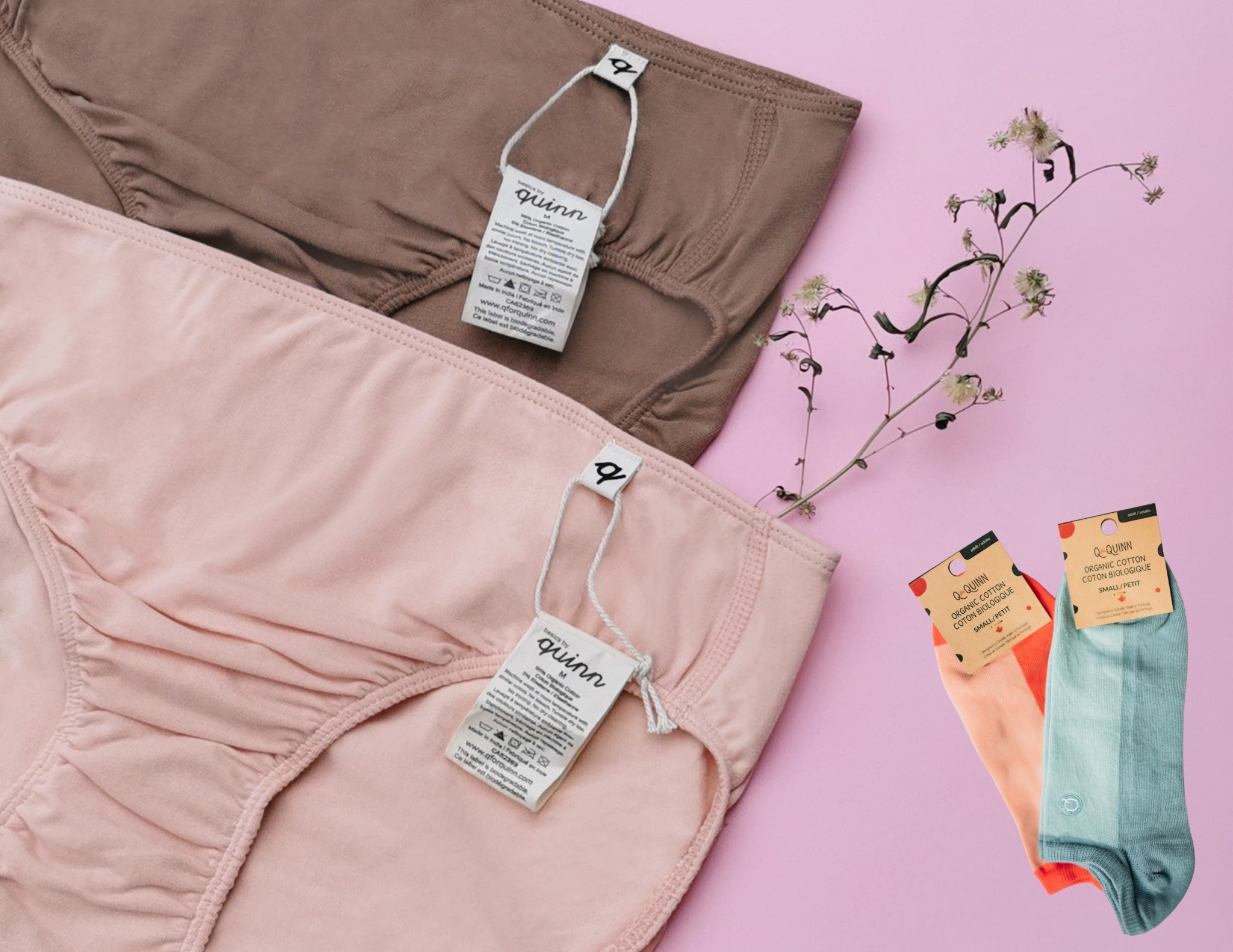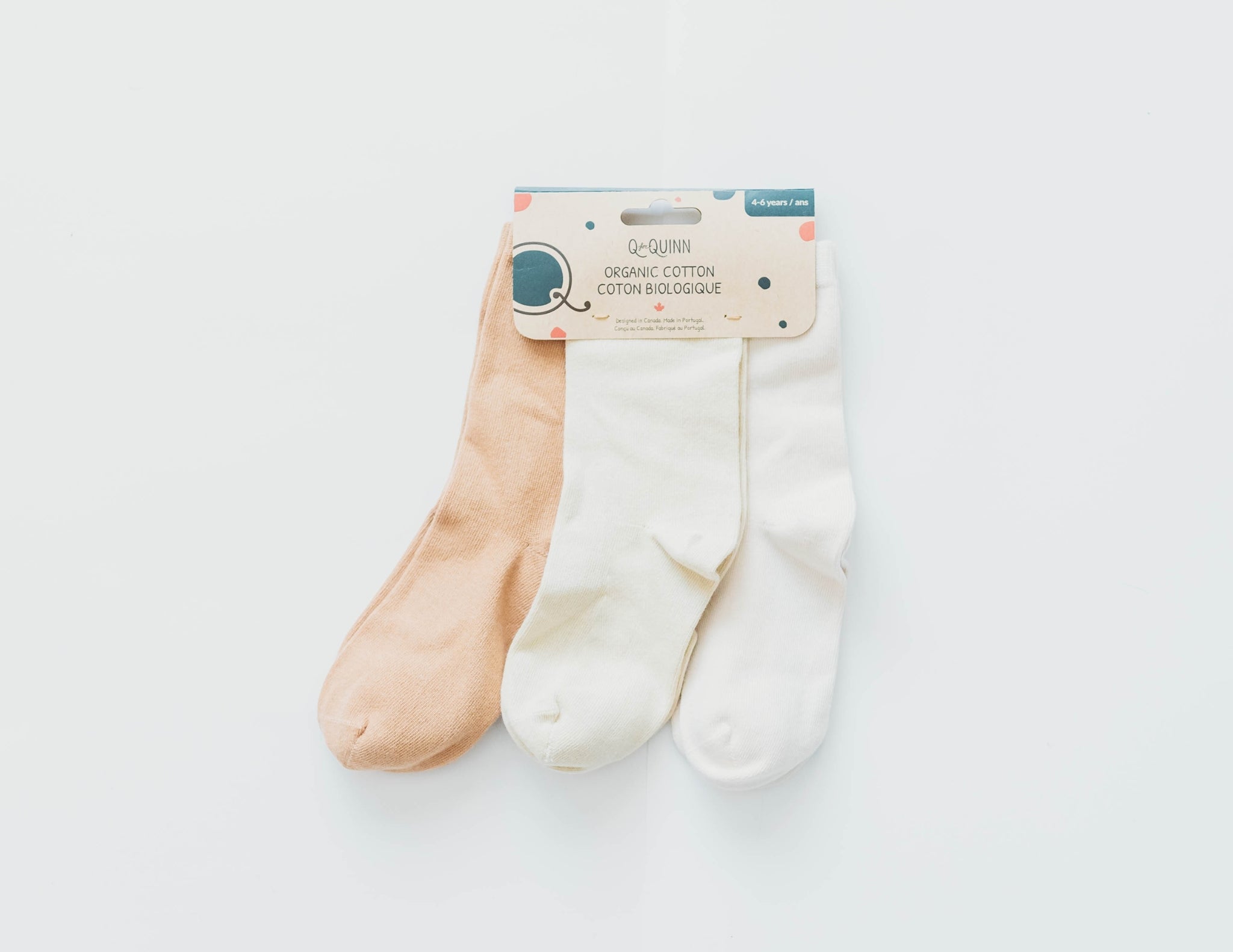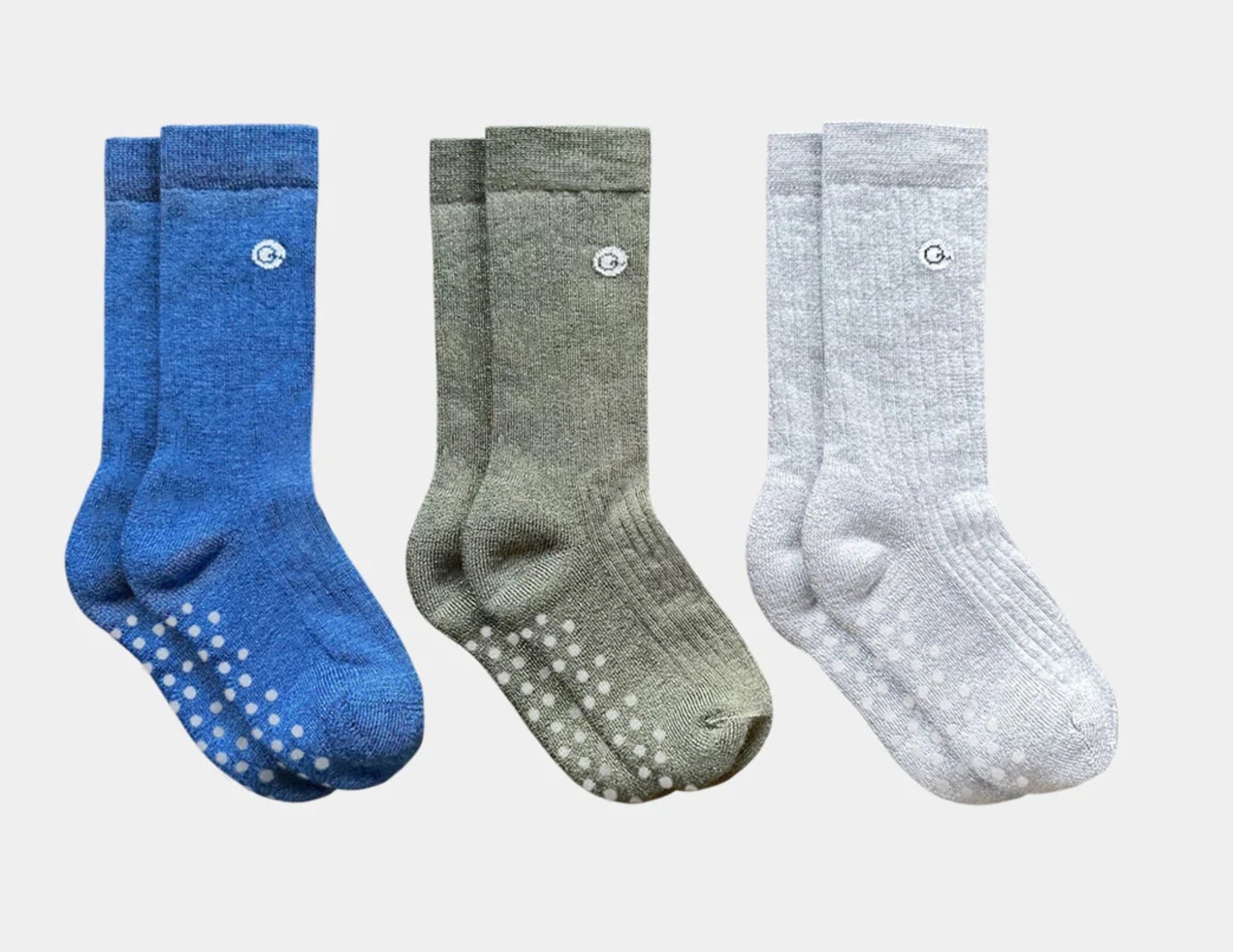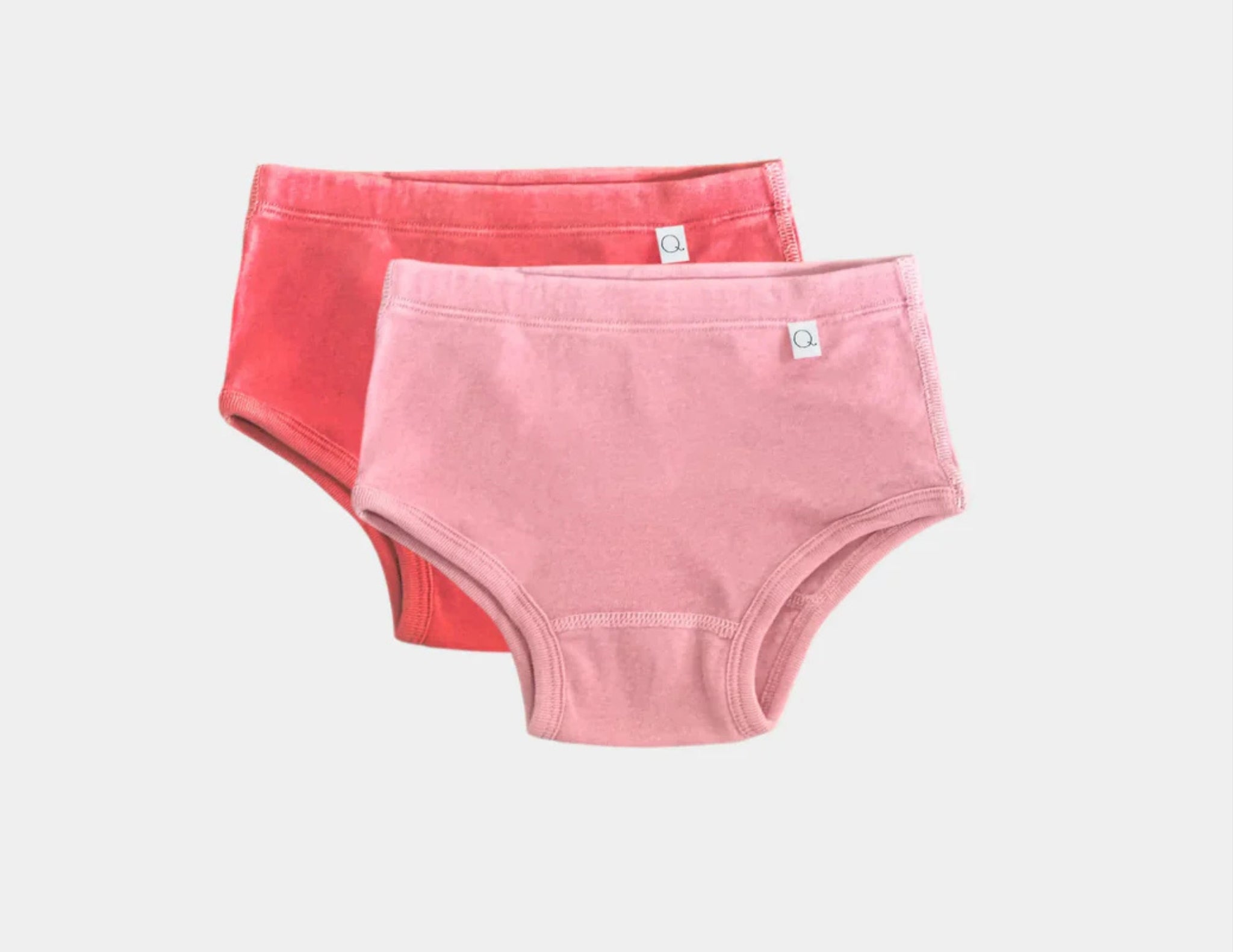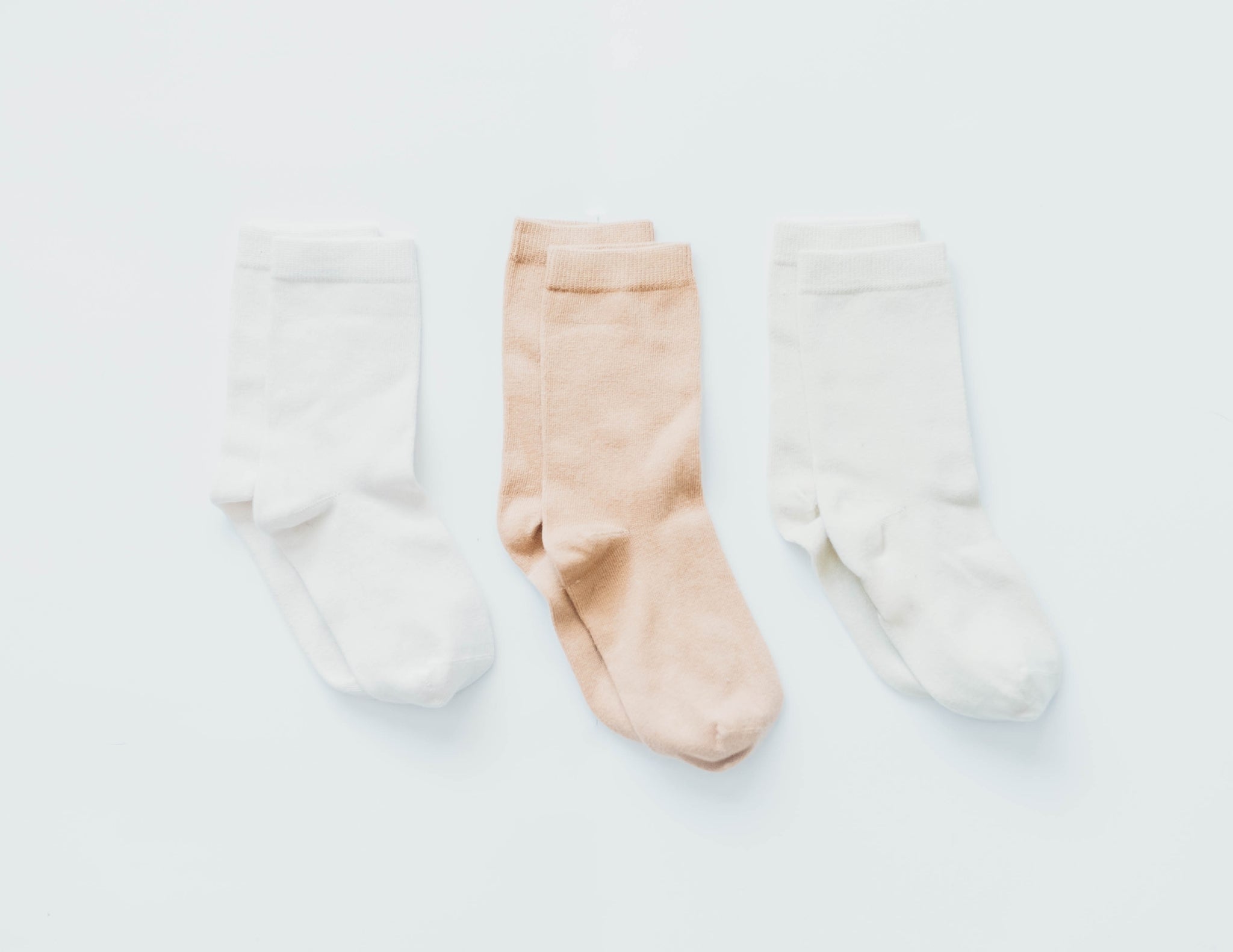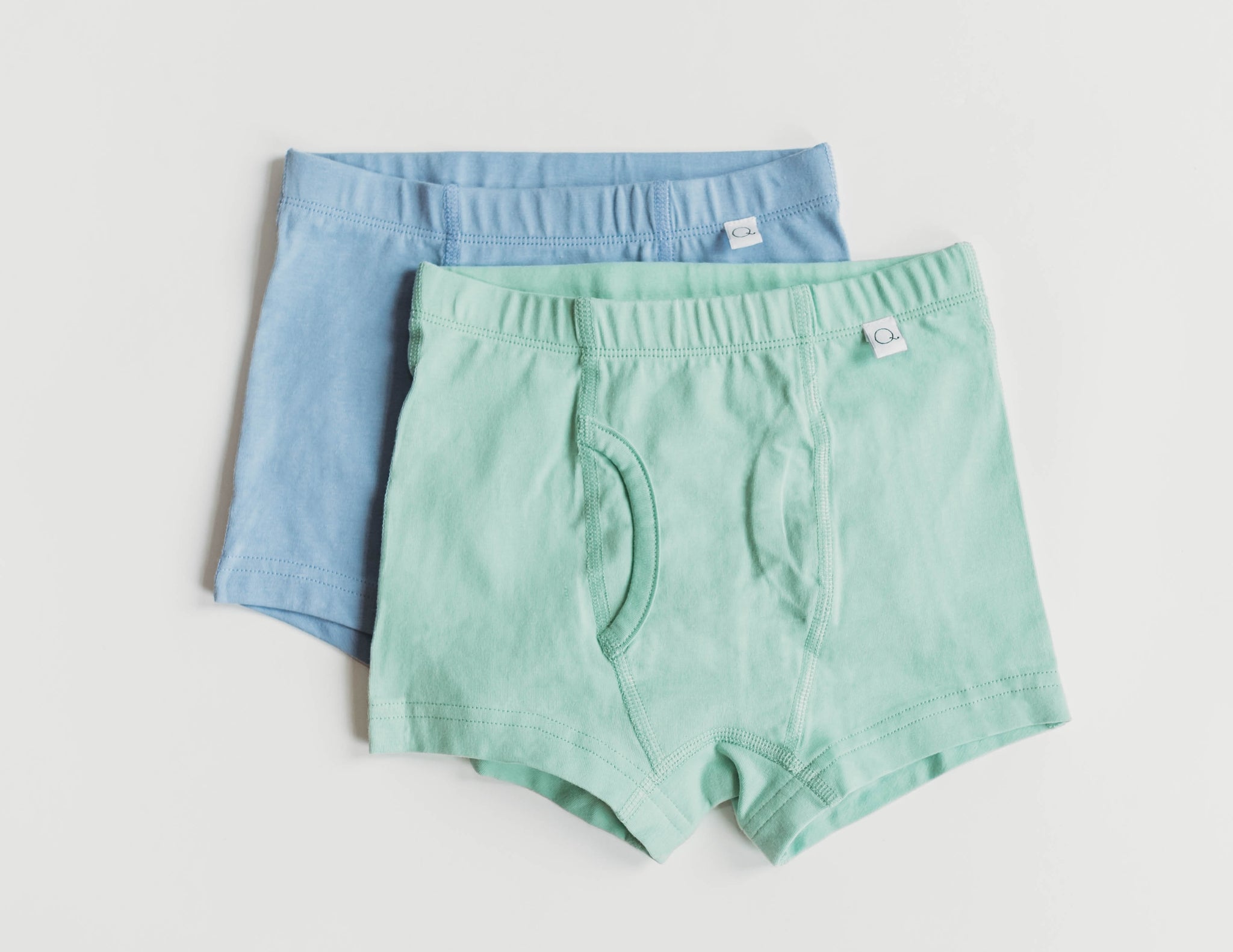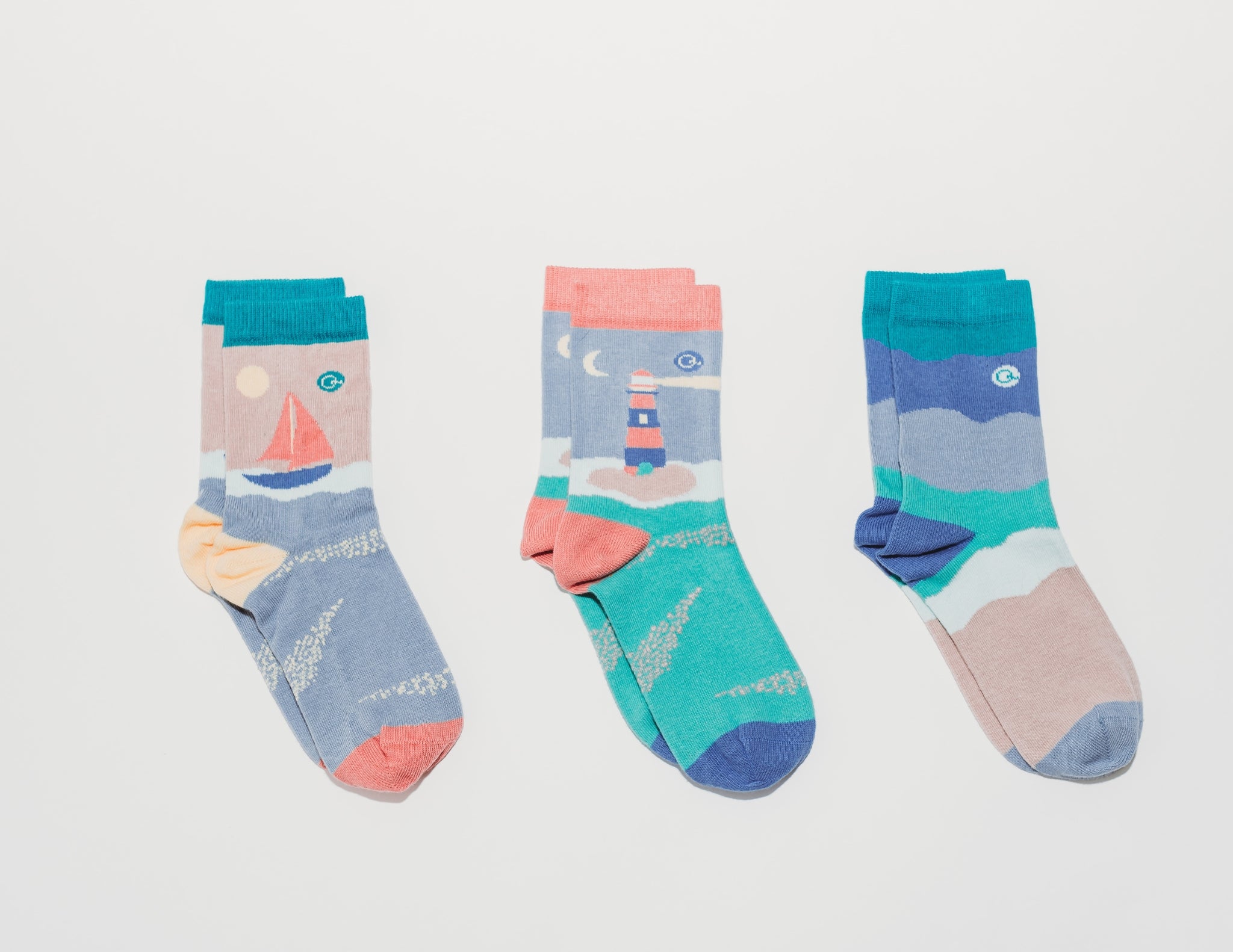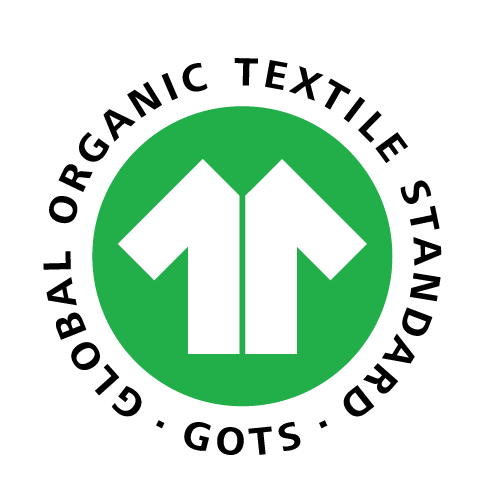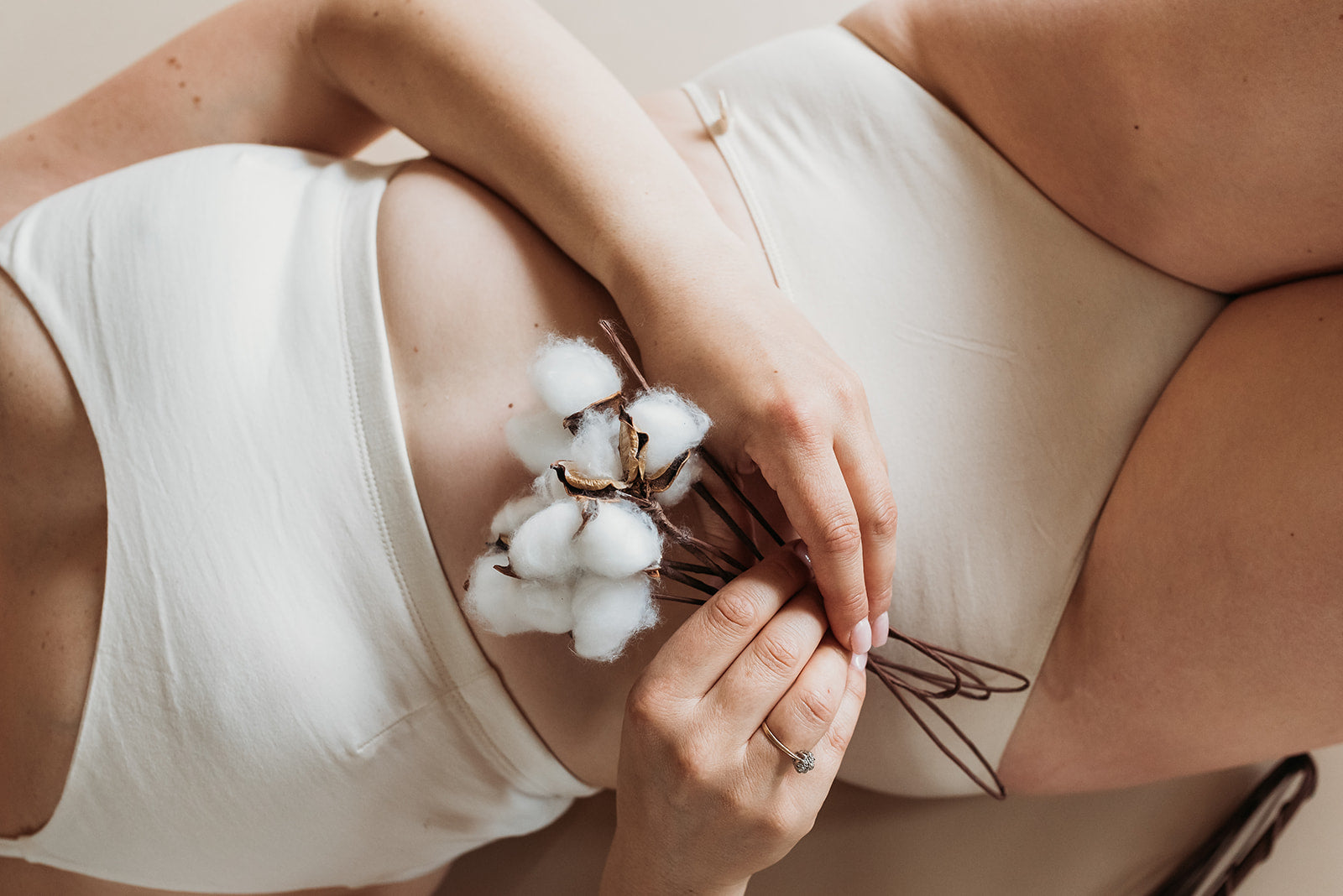
How to Tell If Fabric is Really 100% Organic Cotton (Not Just Greenwashing)
Organic cotton claims appear on everything from t-shirts and underwear to bedsheets, but is it really 100% organic cotton? To determine authenticity requires more than taking a label at face value. As consumer demand for sustainable products grows, so does the incentive for brands to exaggerate or misrepresent their products. We will help you to distinguish how to tell if fabric is 100% organic cotton.
Why It's Important to Know What You're Wearing
The fabric that makes direct contact with your skin is more than just a fashion choice. What you are wearing and what is in direct contact with your skin have a significant impact on environmental and health decisions. Research has shown that conventional cotton can retain pesticide residues even after multiple washes, potentially causing skin irritation and contributing to broader health concerns with prolonged exposure.
The Rise of Greenwashing in Fashion
Greenwashing is now common in the fashion world as brands try to look eco-friendly to attract more customers. A 2021 study by the Changing Markets Foundation examined 12 major fashion brands and found that 60% of environmental claims were unsubstantiated or misleading. This marketing practice involves creating an impression of environmental responsibility without meaningful action to back it up.
Many companies employ deliberately vague terminology such as "eco-friendly," "natural," or "sustainable" without proof. The International Consumer Protection and Enforcement Network (ICPEN) found that 40% of online environmental claims could be misleading. For instance, a garment might be marketed as "made with organic materials" while containing only 5-10% organic cotton blended with conventional cotton or synthetic fibers.
Some brands display green-colored packaging or nature imagery to create an impression of environmental responsibility without making specific claims that could be legally challenged. Others may highlight a single eco-friendly aspect of their product while ignoring more significant environmental impacts in their supply chain.
Why Organic Cotton Matters
The difference between conventional and organic cotton extends far beyond marketing—it represents fundamentally different approaches to agriculture and textile production with measurable impacts:
According to research from the Textile Exchange, organic cotton farming reduces global warming potential by 46% compared to conventional cotton. The elimination of synthetic pesticides and fertilizers in organic farming prevents approximately 46 million pounds of chemicals from entering the environment annually.
A peer-reviewed life cycle assessment published in the Journal of Cleaner Production demonstrated that organic cotton cultivation uses approximately 91% less water from groundwater sources than conventional methods, primarily because organic soils have better structure and water-holding capacity.
From a health perspective, according to the research by the Environmental Justice Foundation, cotton accounts for just 2.4% of the world's cultivated land but uses 6% of the world's pesticides and 16% of its insecticides - and this addiction to toxic chemicals leaves a trail of death and destruction in its wake. Workers in conventional cotton fields experience an estimated 3 million acute pesticide poisonings annually, according to data from the National Institutes of Health. For consumers with sensitive skin, dermatological studies have shown reduced incidence of contact dermatitis with certified organic textiles compared to conventional alternatives, likely due to the absence of chemical residues and harsh processing agents.
Explore our expert insights on the health benefits of organic cotton underwear, how it compares to other materials, and why it's considered a healthier choice.
How to Tell If Fabric Is 100% Cotton
Once you've confirmed you're dealing with cotton, these scientific and practical approaches help verify if it's truly organic: Look for certifications.
Third-party certifications provide the most reliable verification of organic claims, as they involve independent assessment against established standards:
GOTS (Global Organic Textile Standard)
The Global Organic Textile Standard (GOTS) represents the most comprehensive certification for organic textiles, covering the entire supply chain from field to finished product. Established in 2006 through collaboration between leading international standard setters, GOTS certification requires:
For products labeled "organic," a minimum of 95% certified organic fibers, with the remaining 5% limited to non-organic natural or synthetic fibers meeting strict criteria.
For products labeled "made with organic," at least 70% certified organic fibers, with similar restrictions on the remaining 30%.
Environmental criteria throughout processing, including prohibition of toxic heavy metals, formaldehyde, aromatic solvents, and functional nanoparticles. Wastewater from wet-processing units must be treated in functional wastewater treatment plants.
Social criteria aligned with the International Labour Organization (ILO) conventions, prohibiting child labor, ensuring fair wages, safe working conditions, and freedom of association.
GOTS-certified products display a logo with a certification number that can be verified through the GOTS public database (www.global-standard.org). A 2022 analysis by the Organic Trade Association found that products with GOTS certification contained 98.7% organic fibers on average when subjected to laboratory testing.
OEKO-TEX
While not specifically an organic certification, OEKO-TEX Standard provides valuable information about textile safety:
This certification ensures textiles have been tested for over 100 harmful substances, including legally banned chemicals, regulated substances, and known health compounds.
Products are classified into four classes based on skin contact, with Class I having the strictest requirements for items used by infants and toddlers.
Testing is conducted by independent OEKO-TEX partner institutes using standardized methodologies and updated annually to reflect current research.
Each certified item receives a unique identification number and label that can be verified through the OEKO-TEX online database.
Research published in the International Journal of Fashion Design, Technology and Education found that OEKO-TEX certified textiles contained significantly lower levels of formaldehyde, heavy metals, and phthalates compared to non-certified alternatives.
Key Differences Between Cotton and Organic Cotton
Understanding the fundamental differences between regular and organic cotton helps consumers recognize potential greenwashing:
- Agricultural practices: Regular cotton relies heavily on synthetic inputs, while organic cotton employs biological pest control, crop rotation, and natural fertilizers instead.
- Seed sourcing: Organic standards prohibit genetically modified seeds, which account for approximately 80% of conventional cotton production globally, according to the International Service for the Acquisition of Agri-biotech Applications. Organic farmers must use untreated, non-GMO seeds.
- Water usage: Research by the Textile Exchange indicates that organic cotton production typically requires 91% less water from groundwater sources than conventional methods due to improved soil structure and water retention capacity from organic matter additions.
- Processing methods: Conventional cotton processing often involves chlorine bleaching, formaldehyde treatments, and azo dyes, some of which have been linked to health concerns. Organic standards restrict these chemicals, requiring hydrogen peroxide for bleaching and low-impact or natural dyes.
- Certification requirements: Conventional cotton has no mandatory certification requirements regarding environmental or social impacts. Organic cotton must undergo third-party certification to verify compliance with established standards throughout the supply chain.
- Chemical residues: Laboratory analysis found that conventional cotton textiles contained residues of pesticides, including malathion, deltamethrin, and endosulfan, while certified organic samples showed no detectable residues.
Physical Characteristics That May Indicate Organic Cotton
While laboratory testing provides the most definitive evidence, certain physical characteristics can suggest whether cotton might be organic:
Color variations: Organic cotton typically exhibits slight natural variations in color compared to the uniform appearance of conventionally processed cotton. This occurs because organic cotton is often processed without optical brighteners or bleaching agents.
Texture differences: Many consumers report that organic cotton has a softer feel initially, while conventional cotton may feel smoother due to silicon-based softeners that wash out over time. Textile analysis shows that organic cotton fibers often retain more of their natural waxes, contributing to a different tactile quality.
Odor assessment: Newly purchased conventional cotton items sometimes have a chemical smell from processing agents, while organic cotton typically has a milder, more natural scent. This difference becomes less noticeable after washing.
Durability characteristics: Certified organic cotton often has better tensile strength and abrasion resistance than conventional counterparts, potentially due to less aggressive chemical processing that can weaken fibers.







